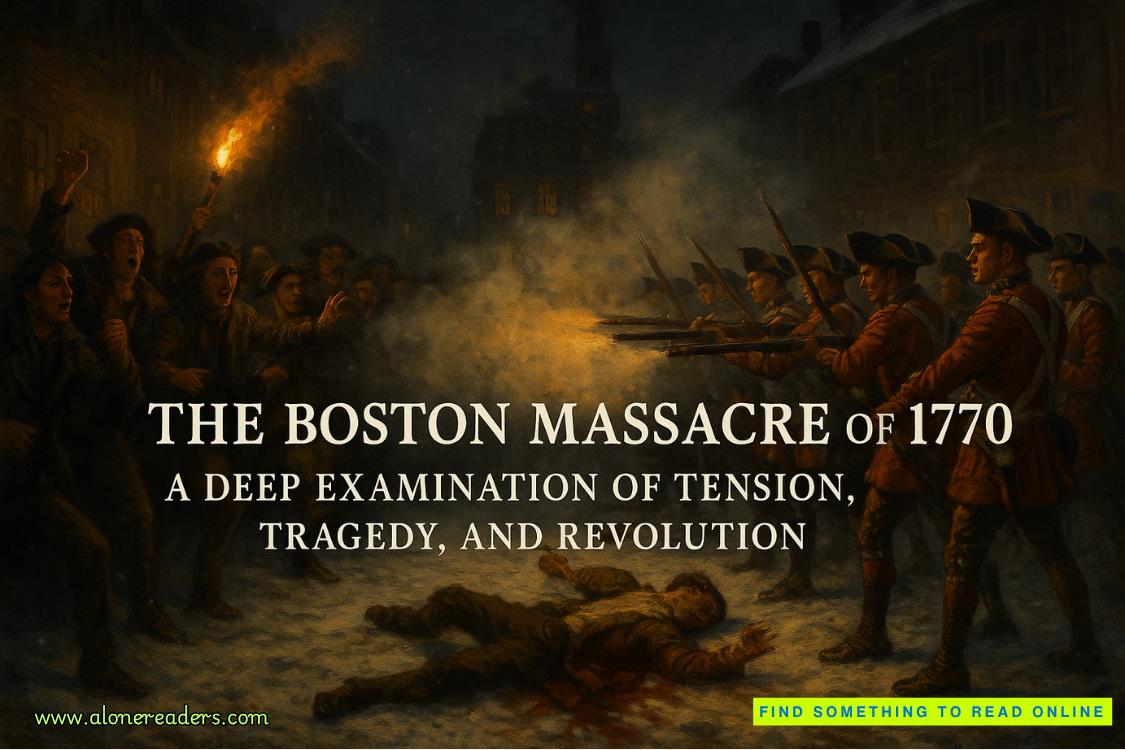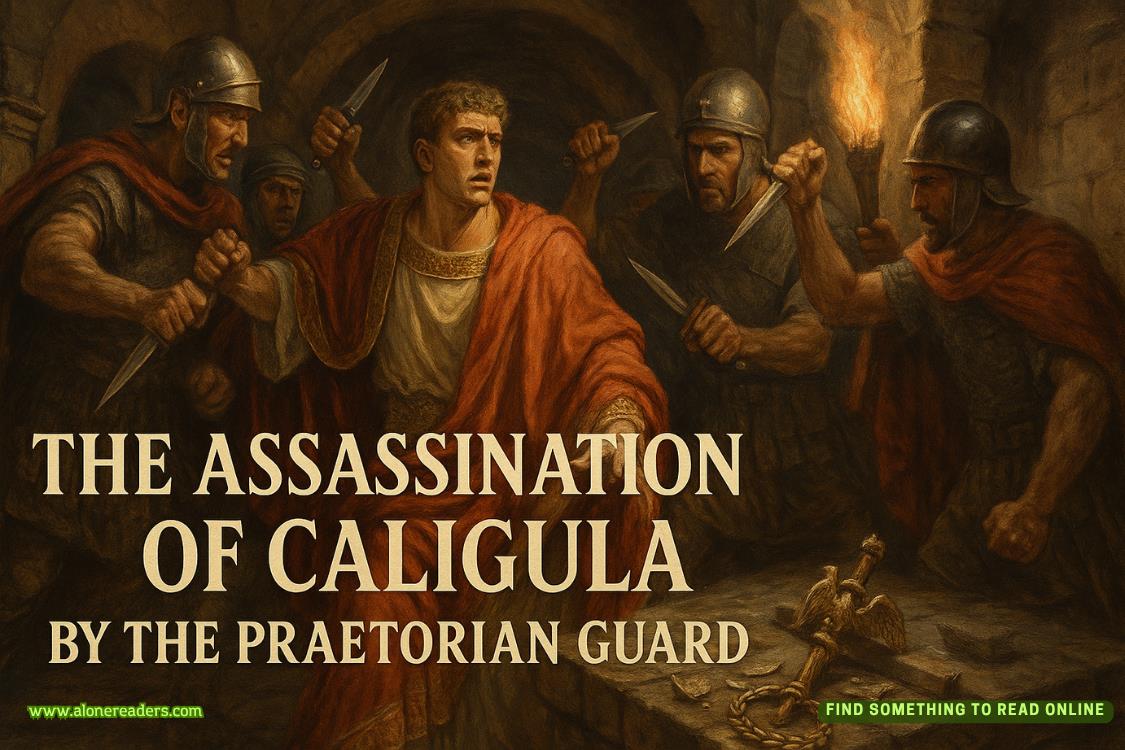Page 96 of If You're Reading This
Logan nodded. That theory made sense. “We need to find out what Winters knew. I’ll head to his office after we finish here.”
“What’s the next photograph in the series?” Duke asked. “If he’s sticking to Morgan’s work chronologically, what comes after the photo of the pier?”
Reeves pulled out her tablet and scrolled through the digital copies of Morgan’s portfolio they’d assembled. “Here. ‘Phoenix Rising.’ It’s from her wilderness series, taken somewhere in the boreal forest.”
She turned the screen so they could all see.
The photograph showed a massive spruce tree that had clearly been struck by lightning years ago. The trunk was split and charred black on one side. But around its base, new growth flourished—young saplings, bright green ferns, and wildflowers creating a carpet of life around death.
“It’s beautiful,” Andi said quietly. “She really knew how to find hope in destruction.”
“Beautiful and completely impossible to locate.” Duke frowned as he studied the image. “This could be anywhere in hundreds of square miles of forest. There’s no distinctive landmarks, no way to triangulate the position.”
Logan’s own thoughts echoed Duke’s words.
He needed to try to remember what Morgan had told him. Otherwise, this location would be nearly impossible to find.
Logan’s thoughts were still racing as he tried to figure out a way to identify where this photo had been taken. All Morgan’s trips ran together in his mind.
He should have paid more attention. He’d thought he had been paying attention.
But not close enough.
Yazzie leaned in closer. “Wait, look at the background. See those mountains? The way they’re positioned relative to the tree?”
“Still doesn’t narrow it down much,” Ranger said. “The Chugach, the Alaska Range, the White Mountains—they all have similar profiles from certain angles.”
Logan studied the photograph more carefully.
The killer had been meticulous about recreating each scene exactly as Morgan had captured it. He would need the precise location, not just something similar.
“What about photo metadata?” Andi suggested. “If she shot this digitally, there might be GPS coordinates embedded in the file.”
Logan shook his head. “Morgan always shot on film. There won’t be any embedded location data.”
Disappointment—silent but there—filled the space between them.
Logan looked around the group. “Duke, can you work with Andi on this? Cross-reference the photo with topographical maps, maybe check with the Forest Service about known lightning-strike sites. Look for anything that might help narrow down the search area.”
Duke nodded. “Absolutely. I’ll also check Google Earth, plus I can reach out to my contact at the Geological Survey. They have high-resolution imagery of most wilderness areas.”
“And I’ll check with local hiking groups, photographers who might know the area,” Yazzie added. “Someone might recognize this specific tree.”
“The lightning scar is the key,” Ranger observed. “That kind of damage doesn’t happen to many trees and they survive. Most would be dead within a few years.”
“Which means this tree is probably locally famous,” Reeves said. “Hikers, nature photographers, maybe even scientists would know about a specimen like this.”
Logan felt a spark of hope. “Good. Work every angle. Duke, Ranger, I want you coordinating with search and rescue. If we can narrow down even a general area, we’ll need teams ready to move fast.”
“What about the victim?” Duke’s hands went to his waist as he stood like a soldier about to go into battle. “Do we have any idea who he’s targeting next?”
“No obvious candidates left from our stalker list,” Reeves said. “Walsh was the last of the obvious suspects.”
“Then he’s expanding his criteria.” Logan’s jaw tightened. “Maybe people connected to Morgan in other ways. Her gallery contacts, other photographers, people from her past.”
“Or people connected to the investigation,” Andi said quietly.
The implication hung in the air. The killer had already demonstrated he could reach anyone—Andi’s drugging at Borealis Lake had proven that.















